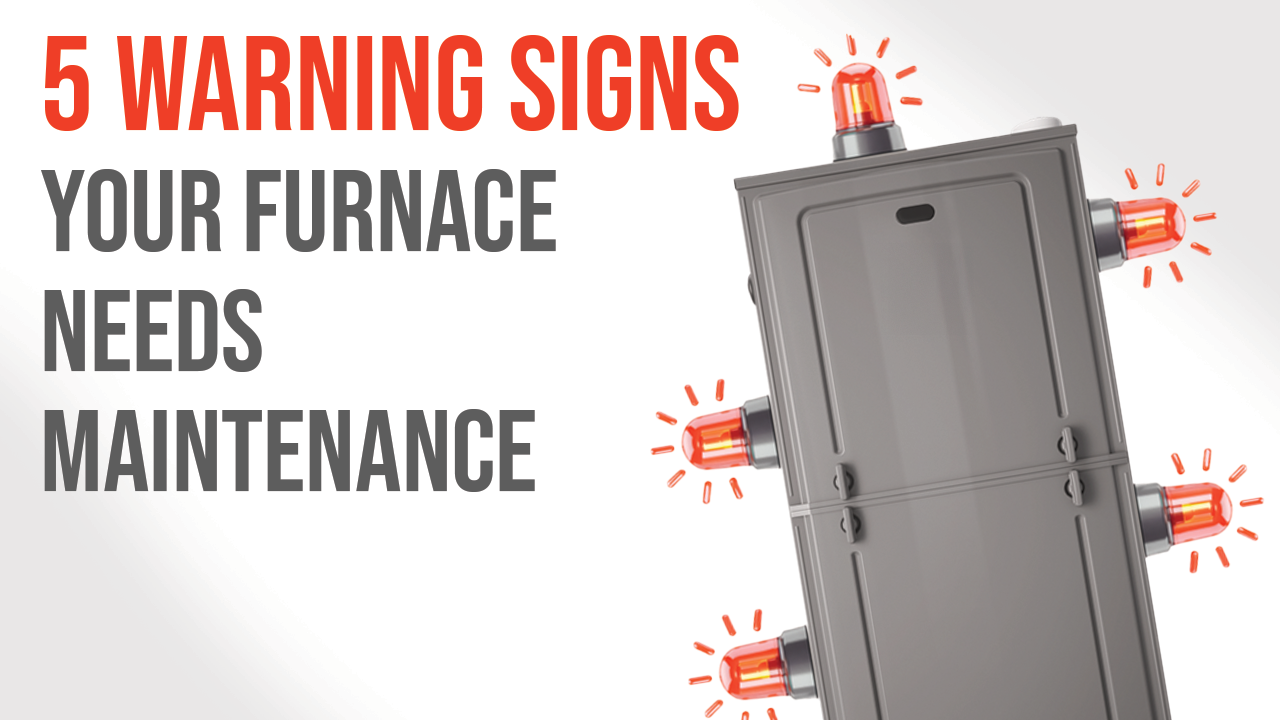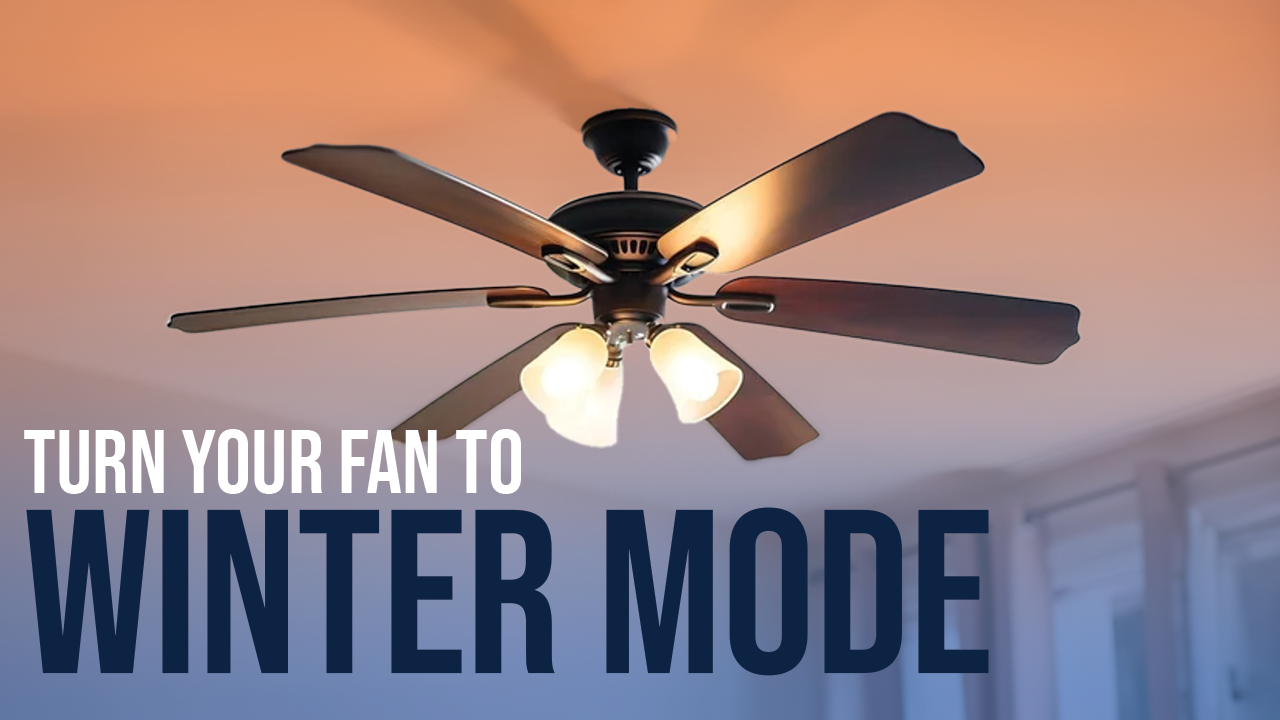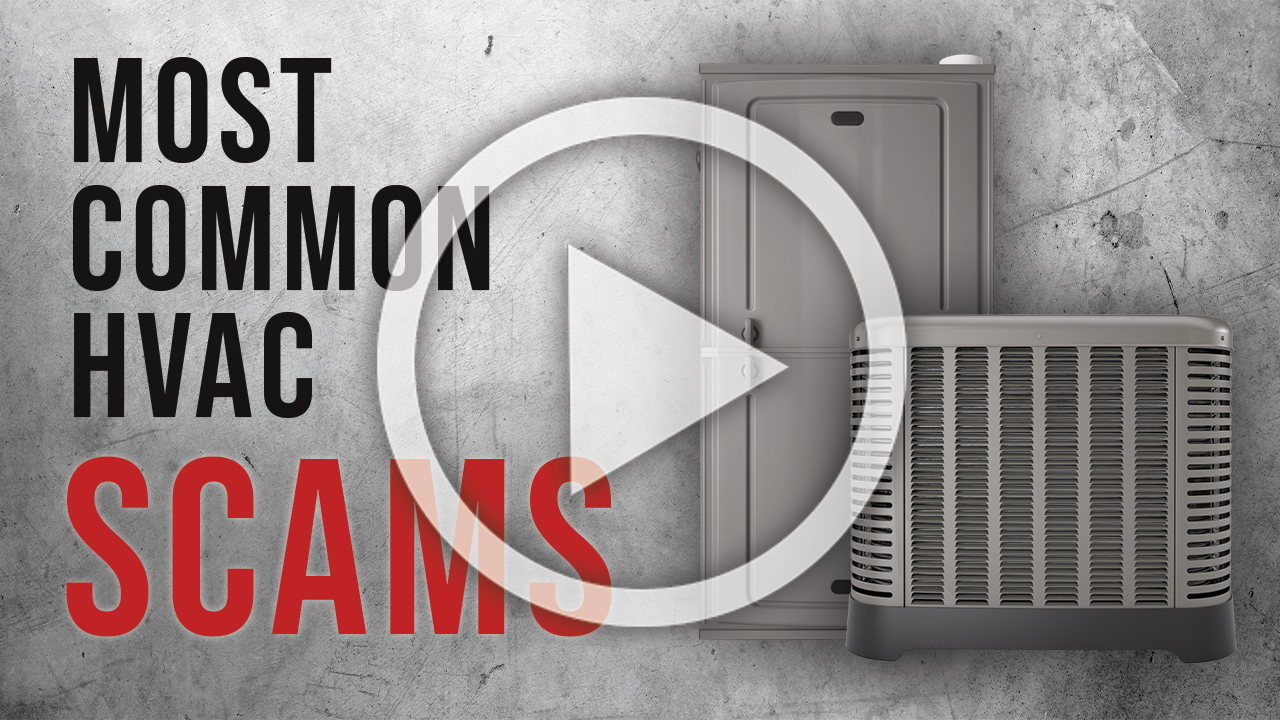Updated January 18, 2024
Heat pumps are a popular alternative to the conventional combination of the furnace and an air conditioner that many homes use for year-round comfort. What a heat pump does is take the function of an air conditioner—the evaporation and condensation of refrigerant to move heat from inside a house and release it outside—and reverses it. A heat pump can switch the function of its two sets of coils so that the system can both remove heat from the home and move heat into the home. All it takes to shift a heat pump from one mode to the other is an adjustment on the thermostat.
The parts of a heat pump that make it different
For the most part, a heat pump works in the same fashion as an AC: indoor and outdoor coils, a compressor, a thermostatic expansion valve, condensate drains, and fans. But there are a few key component differences that allow a heat pump to perform its dual function:
- The reversing valve: This is the most vital part of a heat pump two works as both a heater and an air conditioner. The valve controls which direction the hot refrigerant gas goes first when it exits the compressor. If the valve is set so that the refrigerant goes to the outdoor coil first, the unit is in cooling mode. If it’s set to the refrigerant goes to the indoor coil first, the unit is in heating mode.
- The suction line accumulator: In heating mode, a heat pump uses a lower charge of refrigerant to run. Where does the extra refrigerant go during this time? It’s held in the suction line accumulator, which is located between the compressor and the reversing valve.
- Crankcase heater: Because heat pumps alter the flow of refrigerant, there’s a real danger that cold liquid refrigerant could flow backward into the compressor, which will seriously harm it. A special crankcase heater warms the refrigerant before it can cause compressor damage.
Golden Rule offers heat pump services in Des Moines, IA. “We Obey the Rules to Live By!”
Contact Us Today for Heating & Cooling Service!
If you found this post helpful, check out some other budget-saving tips:


As the temperatures drop and winter approaches, ensuring your furnace is in top shape becomes a priority for homeowners. A well-functioning furnace keeps your home warm, your... Read More

As winter rolls in, many of us instinctively reach for the thermostat to stay warm. But did you know your ceiling fan can be an ally in... Read More

Watch Out! Don’t Fall for These HVAC Scams Hey there, homeowners! Are you worried about keeping your home comfy and cozy without getting duped by shady... Read More